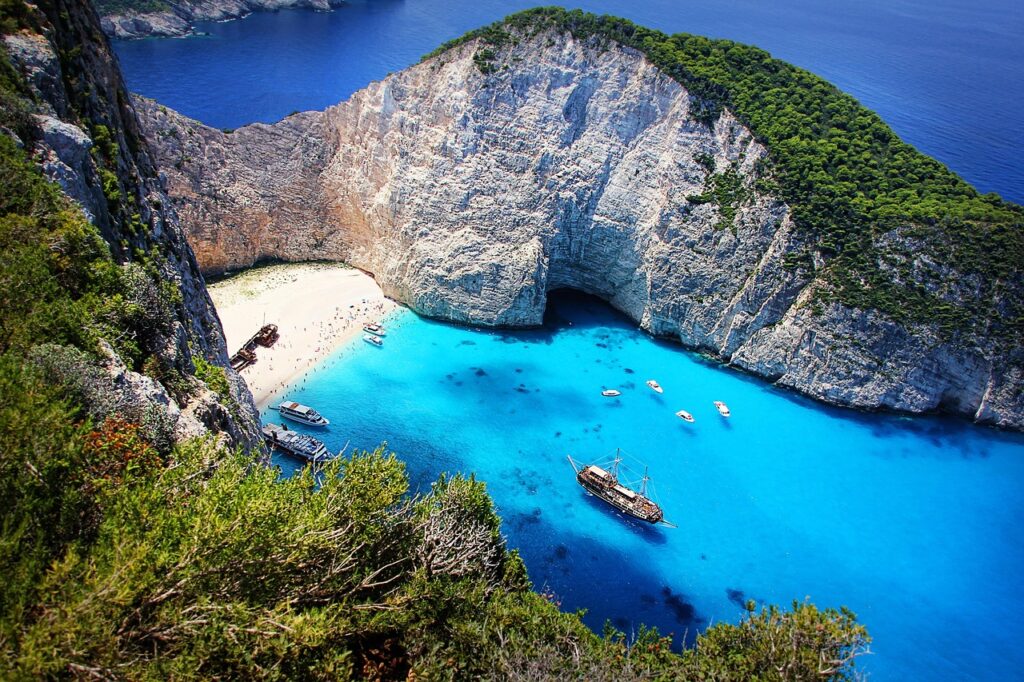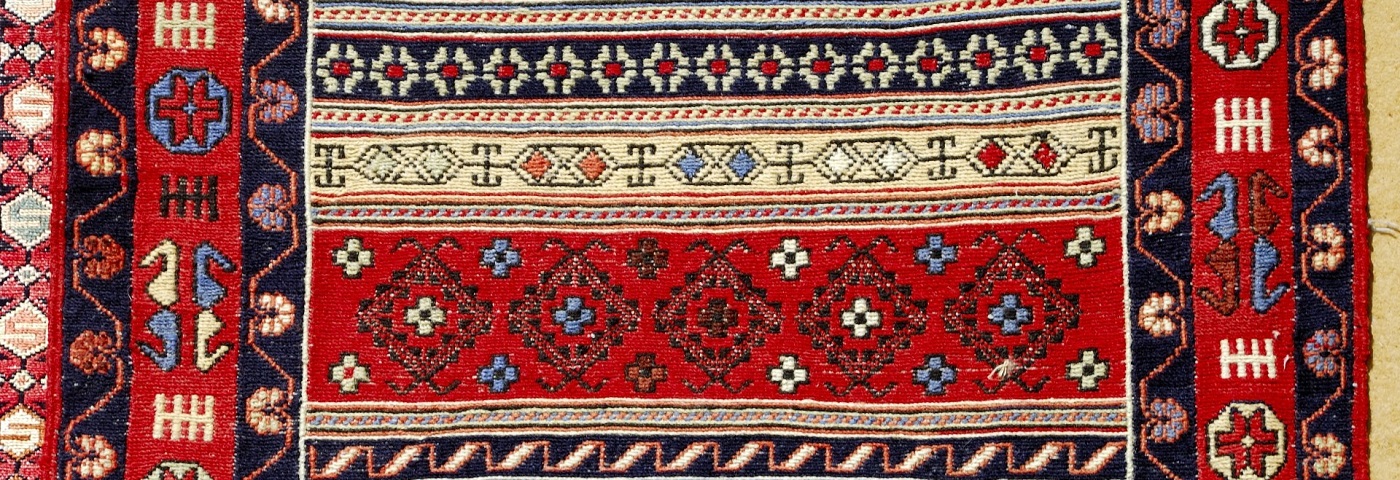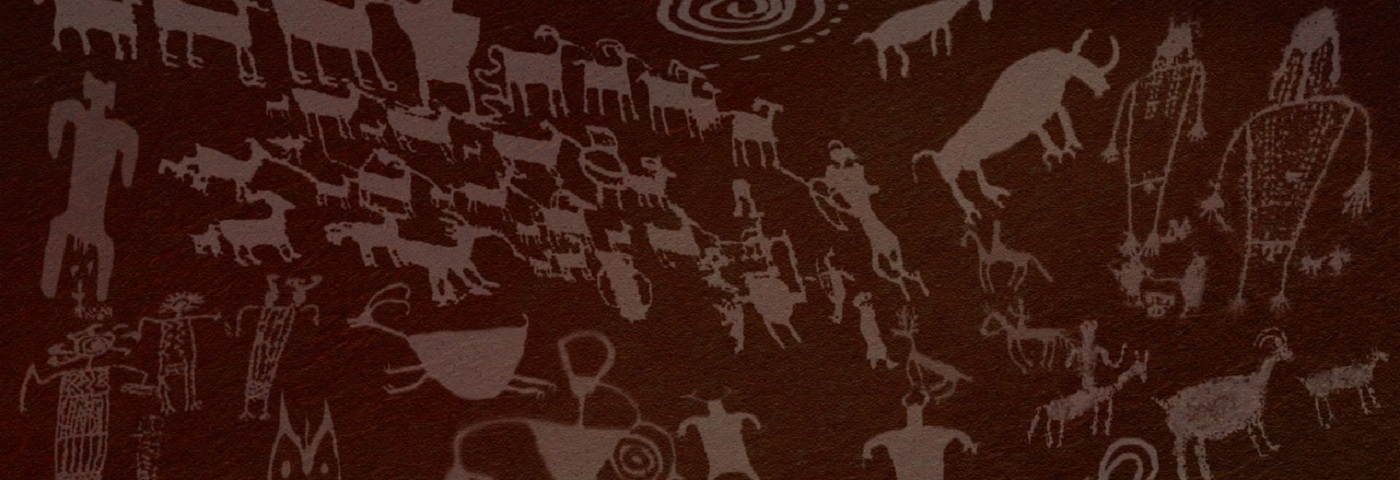The Society for Multi-Ethnic Studies: Europe and the Americas

Fourteenth Biennial MESEA Conference
Cultural Environments: Spheres, Ethnicity, Corporeality
June 11-13, 2026
Ionian University
Zakynthos Island Campus, Greece
Confirmed Keynote Speakers
Professor Juan Ignacio Oliva (University of La Laguna)
Associate Professor Christos Karydis (Ionian University)
Atlantic Studies Lecture: Professor Alexandra Ganser (University of Vienna)
The MESEA 2026 conference invites contributions that address the interconnections of Earth’s five spheres – geosphere, biosphere, hydrosphere, atmosphere and cryosphere – from the perspectives of ethnicity, culture, and corporeality. As a response to the current global crises and related historical conditions, the conference brings together and creates a dialogue between anthropocentric and ecocentric perspectives and approaches in multiethnic cultural environments. This includes interdisciplinary discussions of topics such as cultural representation, oceanic/island studies, space and affect, mobilities and borders, bodies and knowledge, patterns of racialization, extractivism, non-human agency, (de)materializations, ecomedia narratives, environmental politics, and many more.
The 2026 MESEA Conference seeks to explore the diversity of cultural environments in the nexus of nature and spatiality, ethnicity, history, and geopolitics. Potential paper and panel submissions can address but are not limited to topics such as the following:
- In what ways does the materiality of Earth create cultural representations in the context of the five spheres? Similarly, how does non-material, digital technology represent nature?
- What kinds of imaginaries and dreamscapes result from the contacts between culture and the natural environment? What kinds of emergent and/or alternative cultural practices are involved in such encounters?
- What is the role of preservation and restoration of culture in diverse spatial environments? How do the tangible and the intangible interlace in the construction of cultural identity?
- How are narratives of culture and the physical cosmos formed and articulated historically in the Anthropocene?
- How does non-human agency figure in cultural narratives?
- What is the role of (trans)corporeality and the material in the making of the new cultural environments?
- How are ethnicity and ‘race’ represented in the culture/environment nexus? How do they challenge dominant notions of identity and belonging?
- How do labor histories and narratives of mobility generate new cultural environments?
- In what ways are individual and collective memories of cultural environments (re)framed in ethnic narratives?
- How is ecojustice vocalized and performed in Indigenous and ethnic narratives?
- How do geopolitical changes, crises, and conflicts affect cultural environments?
Abstracts should be submitted via our website between August 15 and November 15 30, 2025. Submitters will receive notification of acceptance by January 10, 2026.
Preference will be given to complete panel proposals with an inter/transdisciplinary and/or transnational focus. Panels may not include more than 2 participants from the same institution. Presenters are expected to be members of the association in 2026. MELUS members can also present their papers at the conference. Previous MESEA Conferences have led to high quality publications. As in previous years, this MESEA Conference will generate publications in respected publication venues.
Honoring its commitment to the furthering of early-career scholars, MESEA will again award at least one Young Scholars Excellence Award.
The conference will be arranged as an onsite conference at Ionian University, Department of Environment, Zakynthos Island Campus, Greece. Located off the west coast of the Peloponnese and south of King Odysseus’s legendary Ithaca, Zakynthos (also called Zante) is the third-largest of the Ionian islands. With a distinct triangular shape, the island offers visitors the chance to see diverse landscapes: the mountainous north, the fertile plain in the central area with olive groves and vineyards, and the south-east region with sandy beaches and nesting grounds for the loggerhead sea turtle. Celebrated by Homer in The Iliad and The Odyssey, Zakynthos has a complex geopolitical history with the most significant cultural and architectural influence being the Venetian rule (1484-1797), during which the island was called “Fiore di Levante” (“Flower of the East”). The disastrous earthquake of 1953 almost erased the original beauty of “Chora” (central town) while the only areas that escaped destruction are the villages on the northern side. As a popular and budget-friendly travel destination, Zakynthos can be reached by plane and intercity buses from Athens or by ferry from the port of Kyllini in the Peloponnese. In June, there are numerous daily connections (low-cost flights) with major European airports. For further information on Zakynthos Island, please visit this web page.
MESEA wishes you heartily welcome to a further exciting event!






You must be logged in to post a comment.